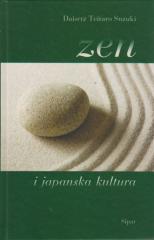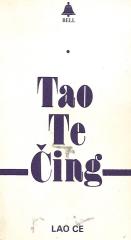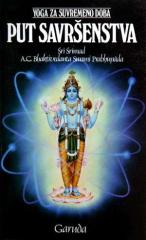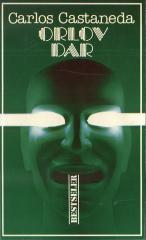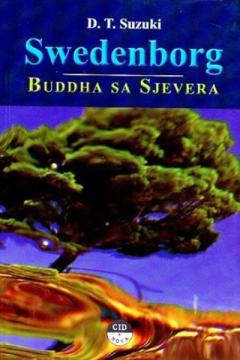
Swedenborg - Buda sa sjevera
Writing about the Swedish mystic Emanuel Swedenborg and his theological work, Daisetsu Teitaro Suzuki, a great scholar of the Buddhist tradition, points to the existence of a similar principle in the spiritual tradition of the West.
"Swedenborg said that he had traveled through heaven and hell, and had seen in detail the real conditions of men after death. His statements are quite honest. They are free from the slightest exaggeration, and, viewed from the point of view of common sense, appear to be very much in agreement with indeed. That is the first reason why Swedenborg is interesting." D.T. Suzuki 'Swedenborg, Buddha of the North - opening speech'
In the context of Christianity, Christ's life on earth is part of our everyday life. For Buddhists, as for Swedenborg, enlightenment is the result of intuitive knowledge, not a purely rational approach. True goodness is not achieved by knowledge, but by the realization that, although it is not good in itself, a "Higher/Other Force" makes a person good. The goal of spiritual life is to surrender to the influence of that Force. It is precisely this similarity between Buddhism and Swedenborg's interpretation of Christianity that may have led Suzuki to once, in a conversation with the famous professor of Islamic Studies from the Sorbonne, Henry Corbin, declare that for Westerners, Swedenborg is "your Buddha from the North." Hence the name of the book.
No copies available
The last copy was sold recently.
